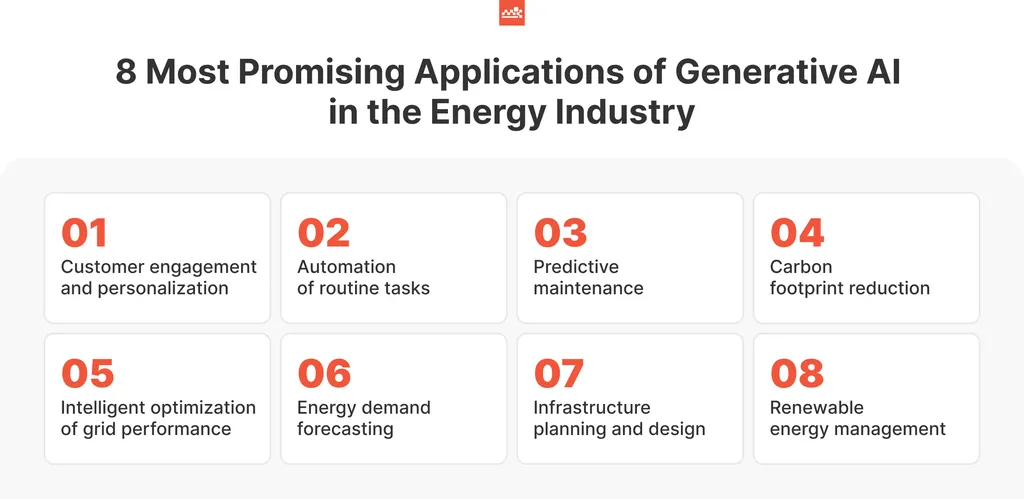In a groundbreaking development that could revolutionize the energy sector, researchers have harnessed the power of generative AI to explore new frontiers in nanophotonics. This innovative approach, detailed in a recent study published in ‘Science and Technology of Advanced Materials: Methods’ (translated from Japanese as ‘Materials Science and Technology: Methods’), promises to unlock unprecedented capabilities in light manipulation, with significant implications for telecommunications and energy applications.
At the heart of this research is a novel method that leverages generative AI (genAI) to augment human expertise and accelerate scientific discovery. The approach involves using a vast amount of scientific literature to train the AI, ensuring that its outputs are grounded in reliable data and free from hallucinations. This metadata is then used to generate and evaluate concrete candidates of nanostructures, which are assessed using established simulation methods.
“By strategically exploiting genAI and reliable computational methods, we can reduce the difficulty of obtaining valuable scientific findings and attain discoveries beyond human knowledge and experience,” explained Masanobu Iwanaga, lead author of the study and a researcher at the Research Center for Electronic and Optical Materials, National Institute for Materials Science (NIMS) in Tsukuba, Japan.
The research team applied this genAI-assisted nonempirical approach to explore single-layer circular dichroic (CD) all-dielectric metasurfaces in telecom bands. Circular dichroism refers to the differential absorption of left- and right-handed circularly polarized light, a property that can be harnessed for various applications, including telecommunications and energy harvesting.
The findings are nothing short of remarkable. The researchers successfully revealed single-layer perfect CD metasurfaces, which have never been attained before. These metasurfaces are thin, with subwavelength thickness in the near-infrared bands, and are feasible to fabricate using semiconductor nanofabrication processes. This breakthrough significantly enlarges the degrees of freedom in light-wave manipulations for telecom applications, paving the way for more efficient and advanced communication technologies.
The implications for the energy sector are profound. Efficient light manipulation is crucial for developing advanced solar cells, photodetectors, and other optoelectronic devices. The ability to control circularly polarized light with high precision can lead to more efficient energy harvesting and conversion, ultimately contributing to a more sustainable energy future.
“This research opens up new avenues for exploring and designing advanced optical materials,” Iwanaga added. “The potential applications are vast, and we are excited to see how this technology will shape the future of telecommunications and energy sectors.”
The study’s innovative use of genAI to augment human expertise and accelerate scientific discovery sets a new benchmark for research in nanophotonics. As the technology continues to evolve, it is likely to drive further advancements in the field, leading to more efficient and sustainable energy solutions. The research not only highlights the transformative potential of AI in scientific exploration but also underscores the importance of interdisciplinary collaboration in driving innovation.
As the world grapples with the challenges of climate change and the need for sustainable energy solutions, this research offers a glimmer of hope. By harnessing the power of AI and advanced materials science, we are one step closer to a future where energy is abundant, efficient, and sustainable.

